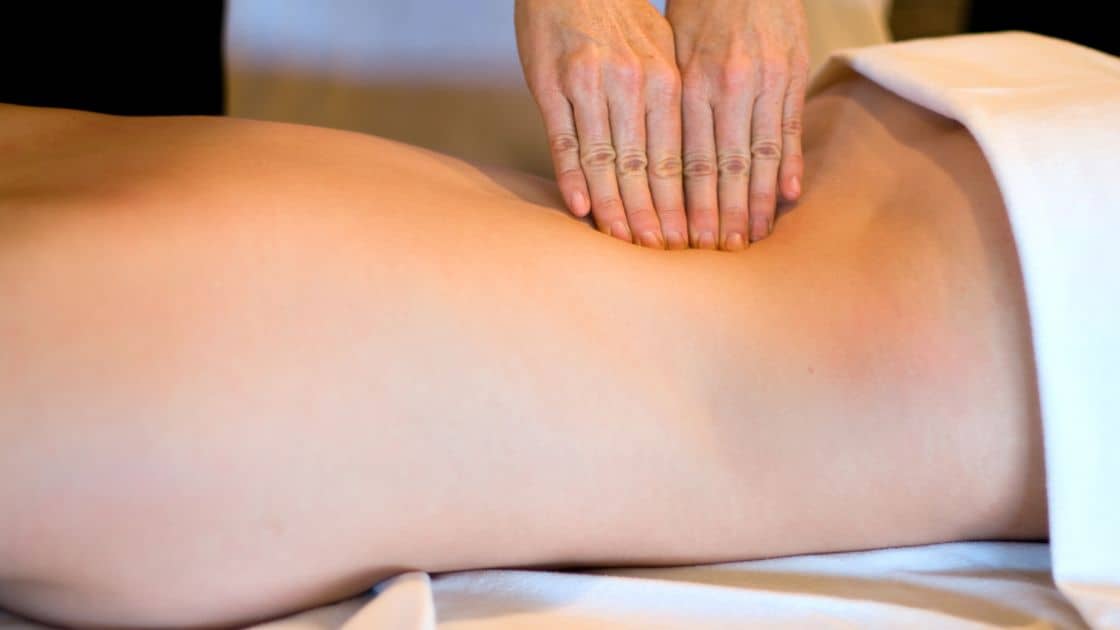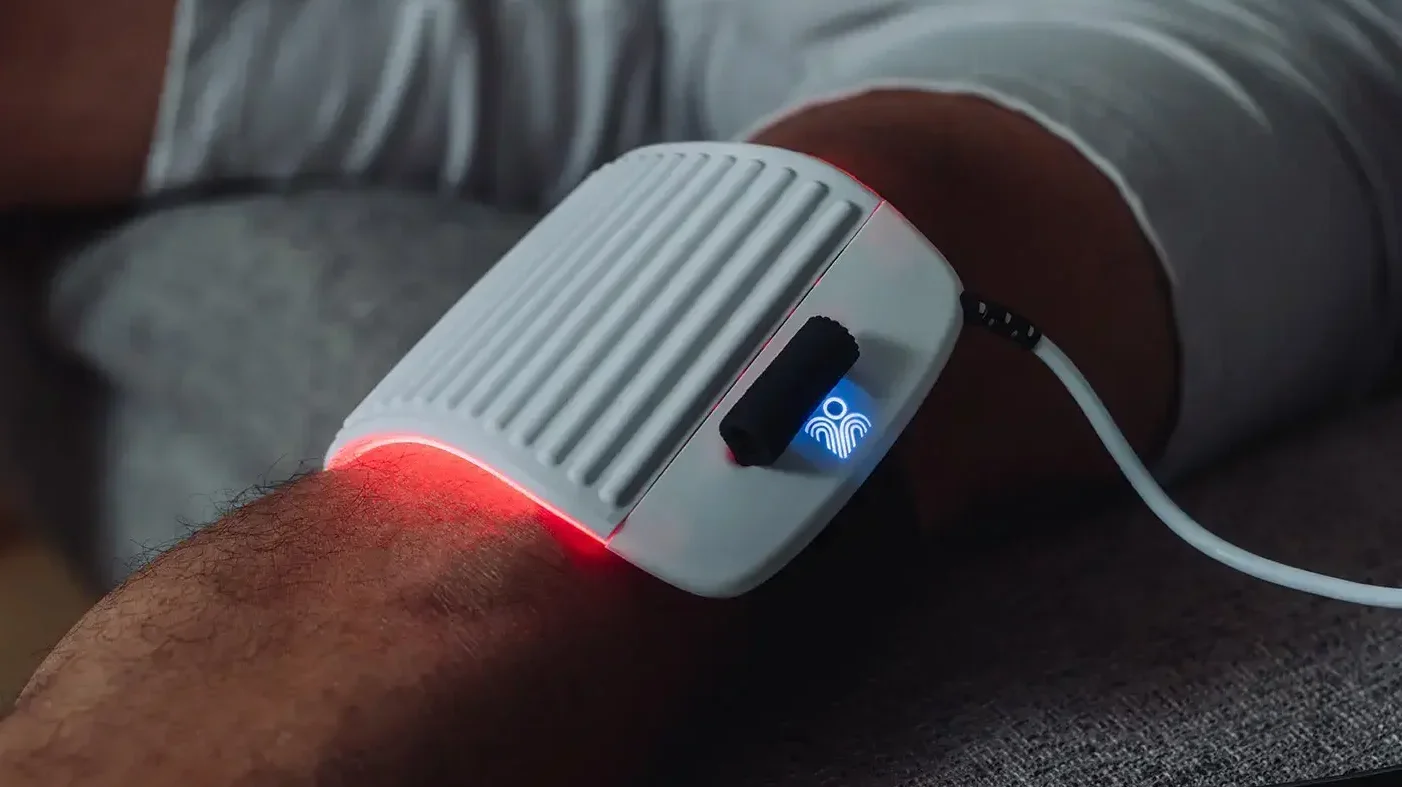Deep tissue massage therapy is a popular therapeutic massage offering numerous benefits for the body and mind. It is a massage technique that involves applying deep pressure to targeted areas of the body, focusing on muscles, tendons, and fascia. In this blog, we will explore the health benefits of deep tissue, the technique behind it, and when it is most beneficial. Whether seeking relief from chronic pain or muscle tension or simply looking to enhance your overall wellness, deep-tissue massage therapy can be a valuable addition to your self-care routine.
Deep Tissue Massage: A Detailed Overview
Deep tissue massage is a type of massage that focuses on realigning deeper layers of muscles and connective tissue. It often addresses neck, upper back, lower back, and leg pain. This massage technique involves applying firm pressure and slow strokes to reach the deeper layers of muscle and fascia. By targeting specific areas, deep-tissue massage can help alleviate various conditions, such as neck pain, lower back pain, and sports-related muscle injuries. Additionally, it can complement physiotherapy for rehabilitation post-surgery. However, it’s essential to be aware of potential side effects, such as temporary discomfort or muscle soreness after the massage.

Definition of Deep Tissue Massage
Deep tissue massage therapy specifically targets explicitly tendons and fascia, using deep pressure to release muscle tension and address knots, adhesions, and inflammation within the muscle fibres. Unlike relaxation massages, deep tissue massage applies less pressure on relaxation areas, ensuring a therapeutic effect. This type of massage goes beyond relaxation, focusing on specific problem areas and providing a more therapeutic experience.
The Technique Behind Deep Tissue Massage
Utilizing various techniques, deep tissue massage reaches deep layers, employing knuckled pressure and friction across the muscle grain. This method enhances circulation, promoting blood flow and breaking up toxins. Deep, slow strokes and friction release muscle tension, often with great pressure, using a lighter touch on the massage table. The therapeutic nature of this massage can address low back pain and neck and benefit physiotherapy.
Comparing Deep Tissue Massage to Other Techniques
When comparing deep tissue massage to other techniques, it’s important to note that deep tissue therapy focuses on the deep layers of muscle, specifically targeting chronic muscle tension and deep muscle soreness. Unlike Swedish massage, deep tissue therapy involves less pressure but aims for therapeutic and effective treatment. While Swedish massage may be a lighter touch, deep tissue therapy exerts deeper pressure, making it beneficial for addressing issues like low back and neck pain. This makes it a preferred option in physiotherapy for sports-related injuries and enhancing flexibility.
Unveiling the Health Benefits of Deep Tissue Massage
Deep tissue massage offers various benefits, such as chronic pain relief and reduced muscle tension, making it a highly therapeutic massage for individuals with low back or neck pain. Athloften benefits from this technique, as it helps in sports massage, enhancing flexibility and increasing range of motion. However, it’s essential to be aware of any potential side effects, and it is recommended to consult a physiotherapy expert before opting for this treatment. Understanding the benefits and potential considerations can help you make an informed choice.

Chronic Pain Relief and Muscle Tension Reduction
Effectively targeting chronic muscle tension and tightness, therapeutic massage provides relief, relaxation, and enhanced flexibility. It aids in chronic pain relief and improves mobility and circulation, addressing tight muscles, stress, and soreness. This type of massage benefits chronic muscle tension, stiffness, and aches without the side effects often associated with medication. With its focus on specific areas, such as low back pain or neck pain, deep tissue massage offers a natural alternative to physiotherapy, promoting overall well-being and recovery.
Enhancing Circulation
Enhancing circulation through deep tissue massage therapy involves promoting blood flow and relaxation. This technique effectively reduces high blood pressure, contributing to overall wellness. By addressing stress, tension, and toxins, it benefits circulation. The result is a promotion of blood flow, lower blood pressure, heart rate, and a therapeutic effect. Additionally, this type of therapeutic massage eff reduces muscle tension, stiffness, and inflammation, making it an excellent choice for promoting overall circulatory health.
Stress and Anxiety Mitigation
Massive therapeutic massage promotes relaxation and mental wellness while targeting chronic stress areas by effectively reducing stress, anxiety, and muscle tension. This type of massage is beneficial for stress relief and pain reduction. With its focus on alleviating chronic stress, anxiety, and muscle tension, a deep-tissue massage session can significantly improve blood flow and induce a therapeutic effect.
Flexibility Enhancement and Increased Range of Motion
Effectively enhancing flexibility, range of motion, and mobility, therapeutic massage targets chronic muscle tension and promotes wellness. Benefiting circulation, relaxation, and chronic pain relief, this massage reduces stiffness and aches, promoting mobility and increasing range of motion. With its focus on mobility and chronic pain relief, therapeutic massage offers a holistic approach to improving physical well-being. Therapeutic massage provides a valuable option for those seeking to enhance flexibility and mobility while addressing muscle tension, low back pain, or neck pain.

When is Deep Tissue Massage Most Beneficial?
When is Deep Tissue Massage Most Beneficial? Deep tissue massage benefits individuals experiencing sports injuries, postural problems, and scar tissue breakdown. It can aid in the rehabilitation process after surgery. Deep-tissue massage may be a suitable option for dealing with any of these issues in sports injuries.
Deep tissue massage is crucial in aiding sports injury recovery and promoting muscle relaxation. Targeting deep layers of muscle effectively releases tension and facilitates the healing process. This therapeutic massage also improves the range of motion, reduces pain, and benefits athletes recovering from sports-related injuries. Additionally, manipulating connective tissue provides much-needed relief from muscle soreness commonly experienced after intense physical activities such as sports.
Postural Problems and Deep Tissue Massage
Addressing postural problems and chronic muscle tension, therapeutic massage focuses on tight muscles to alleviate discomfort caused by poor posture. This technique effectively benefits individuals experiencing neck and lower back pain. A qualified deep-tissue massage therapist can effectively treat postural ailments, releasing muscle tension through deep pressure. The therapy’s targeted approach helps relieve stiffness and address postural imbalances without force-fitting the primary keyword. This approach offers a professional solution for those suffering from postural issues.
Role in Scar Tissue Breakdown and Post-Surgery Rehabilitation
Aiding in scar tissue breakdown and adhesions following surgery, therapeutic massage promotes increased circulation, reducing inflammation and stiffness. Its technique enhances mobility, lessens discomfort, and supports muscle rehabilitation during the recovery process. Skilled therapists can employ recovery, specifically targeting areas with scar tissue, offering tailored care for post-surgery rehabilitation. This modality’s ability to address the effects of surgery makes it an essential part of physiotherapy for scar tissue breakdown and effective post-surgery rehabilitation.

Preparing for Your Deep Tissue Massage Session
Understanding how to prepare for your therapeutic massage session is essential. Effective communication with the therapist is crucial for addressing concerns such as low back or neck pain. Setting expectations and understanding the role of physiotherapy in conjunction with massage can help optimize the overall impact of the session.
Importance of Communication with the Therapist
Effective communication with the therapist ensures a personalized therapeutic massage. They discussed chronic pain areas, tight muscles, and discomfort aids in targeting specific concerns. Communicating medical conditions, injuries, and wellness goals for a tailored treatment is crucial. Additionally, conveying pain tolerance, pressures, and expectations is vital for optimal results. The therapist can adjust the technique based on the client’s feedback during the session, ensuring a satisfactory experience without any adverse side effects.
Hydration, Relaxation Techniques, and Setting Expectations
Optimizing a therapeutic massage involves considering hydration and relaxation techniques. Drinking water before and after the session aids in toxin elimination, while deep breathing enhances the experience. Setting expectations for potential discomfort and pain relief is crucial, as is being mentally and physically prepared for the therapy. These practices contribute to the overall effectiveness of the massage in addressing issues such as low back pain, neck pain, and sports-related injuries. Understanding the possible side effects and benefits beforehand brings a sense of readiness to the physiotherapy experience.
Choosing a Qualified Deep Tissue Massage Therapist
When selecting a qualified deep tissue massage therapist, consider their qualifications, experience, and certifications. The therapist’s expertise in deep tissue therapy massage techniques is crucial, as is understanding their treatment approach and plan. It’s important to know about the therapist’s experience with chronic muscle pain, sports injuries, and pain relief. Researching client testimonials, reviews, and referrals can also help you make an informed decision. This will ensure that you choose a therapist who can effectively massage your needs.

Is Deep Tissue Massage Right for You?
Considering deep tissue massage, assessing if it aligns with your needs is important. Factors like chronic essential tension and mobility issues affect decision-making. Exploring its effects on stress relief, tight muscles, and arthritis can help you make an informed choice. Understanding the key differences between deep tissue massage and other therapies is also critical. Consulting with a therapist is recommended for personalized guidance.
Conclusion
Deep tissue massage offers many health benefits that can improve your physical well-being and overall quality of life. Targeting deep layers of muscles and connective tissue helps alleviate chronic pain, reduce muscle tension, enhance circulation, relieve stress and anxiety, and improve flexibility and range of motion. Deep tissue massage can greatly aid your recovery process, whether you’re an athlete recovering from an injury, with postural problems, or undergoing post-surgery rehabilitation. Communicate with your therapist and practice relaxation to ensure a safe and effective experience when preparing for a session.
If you seek a natural and holistic approach to healing, consider incorporating deep tissue massage into your wellness routine if you desire a natural and holistic approach to healing and well-being.






